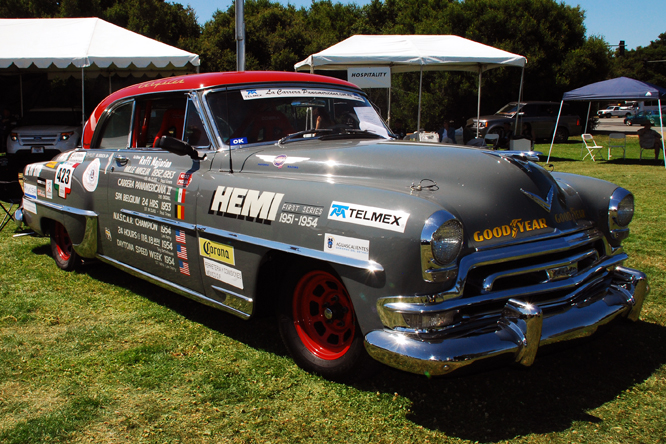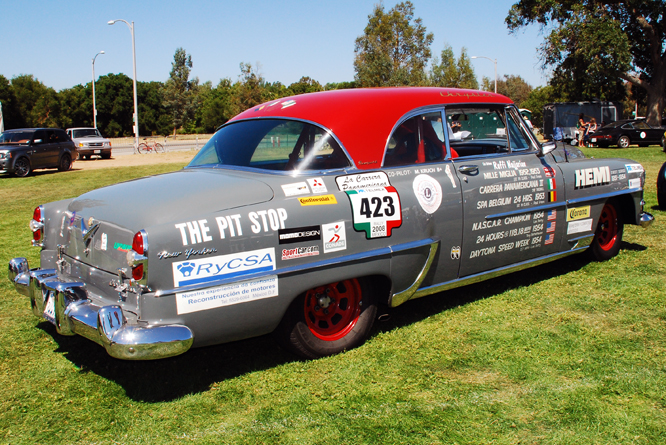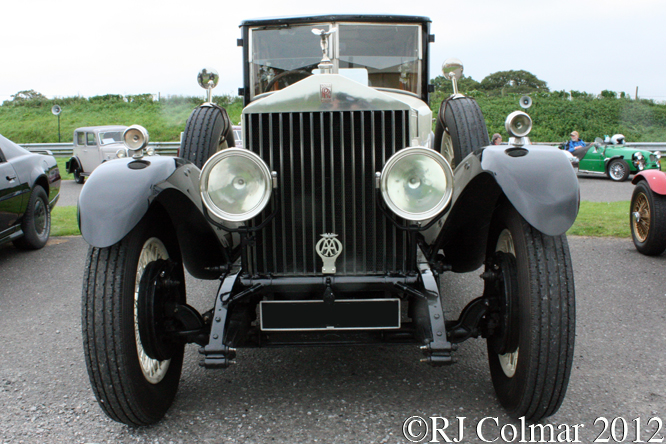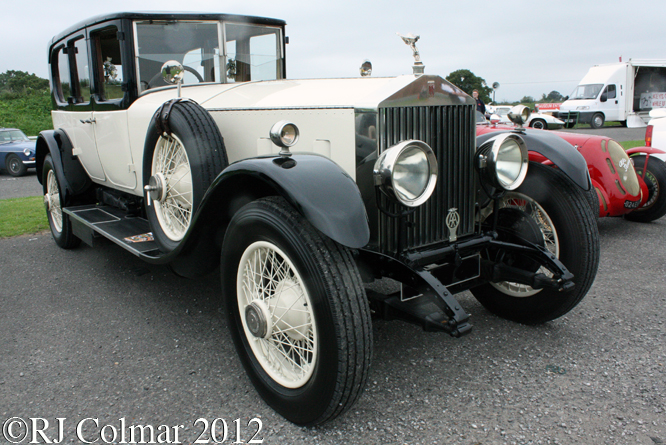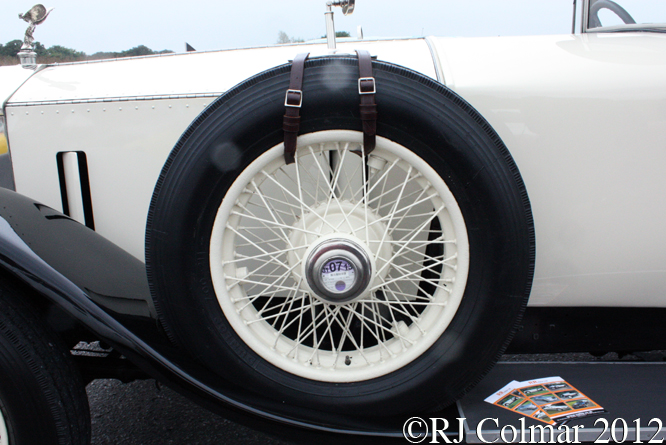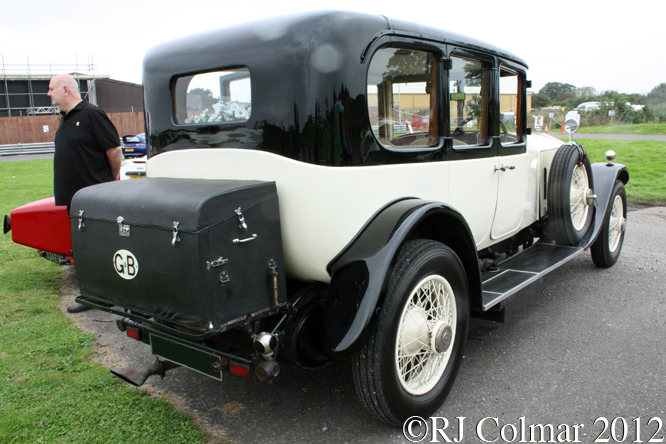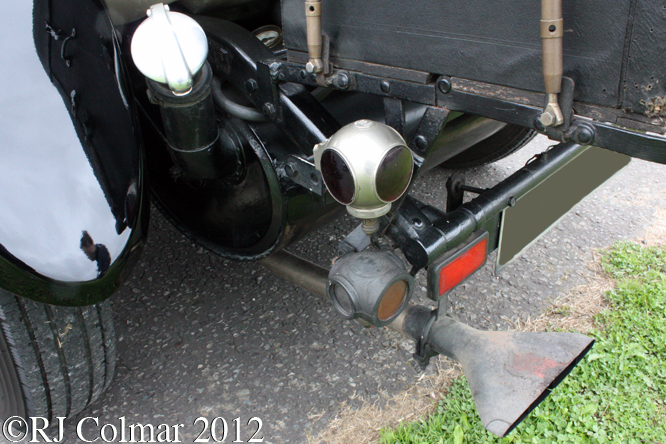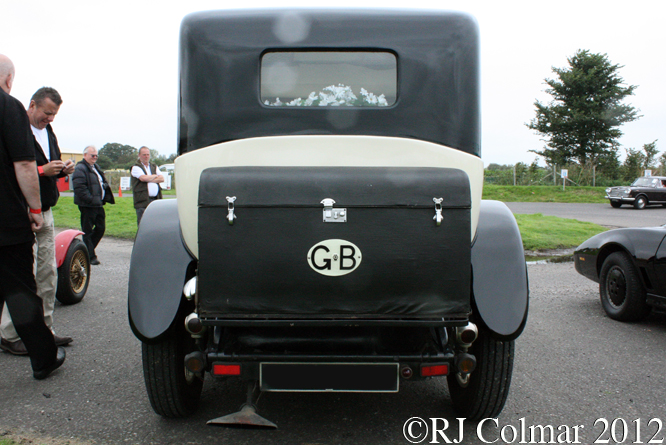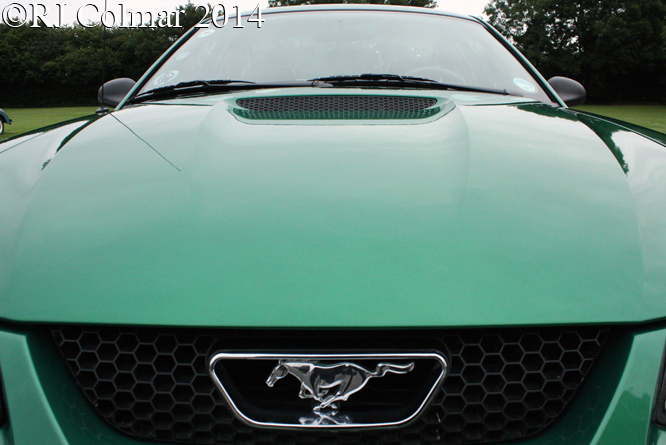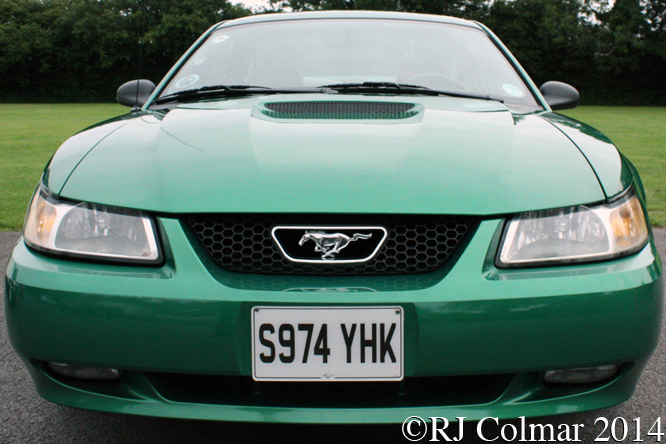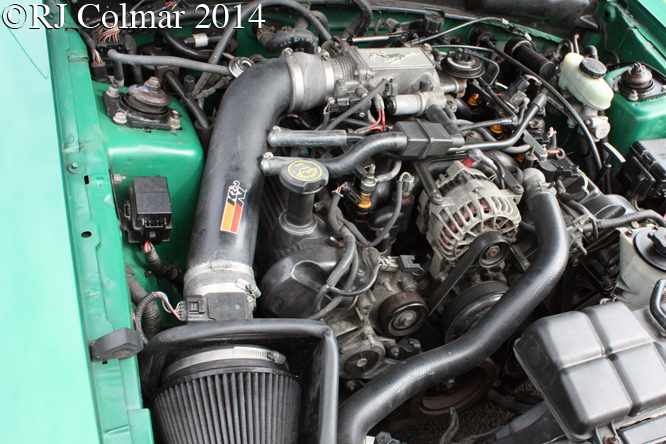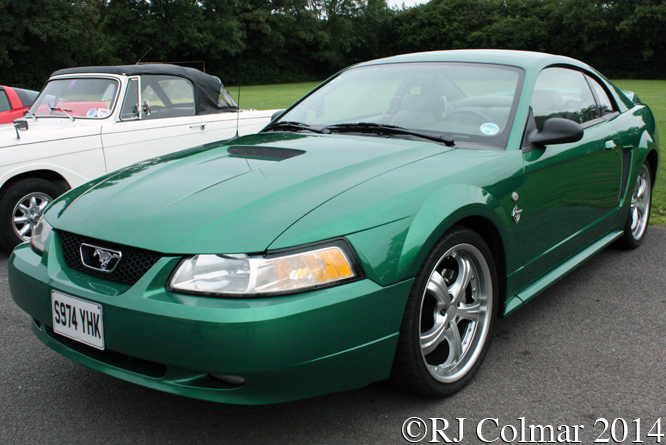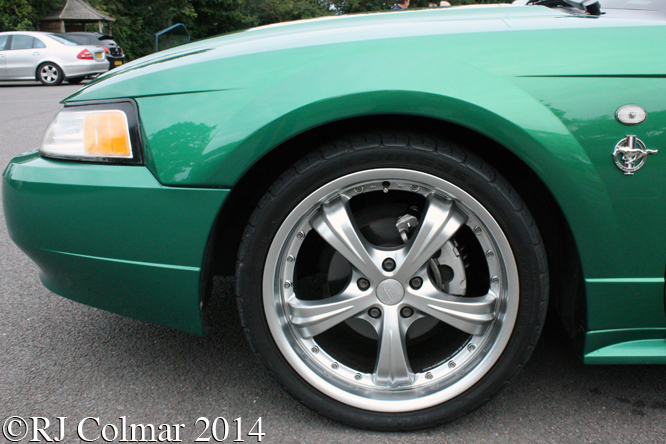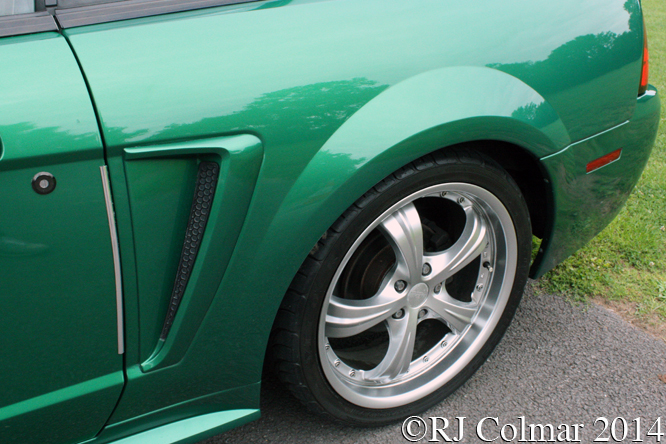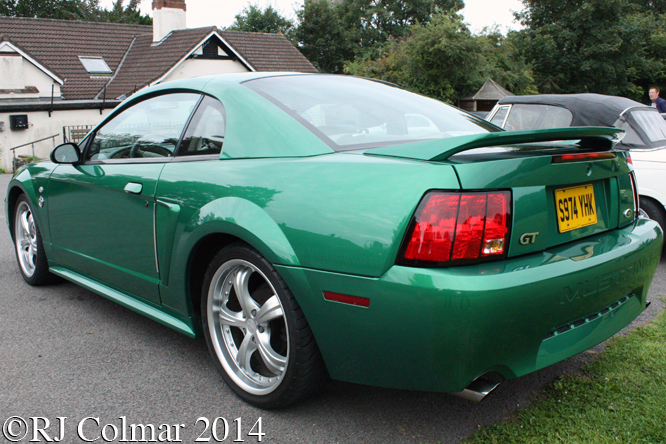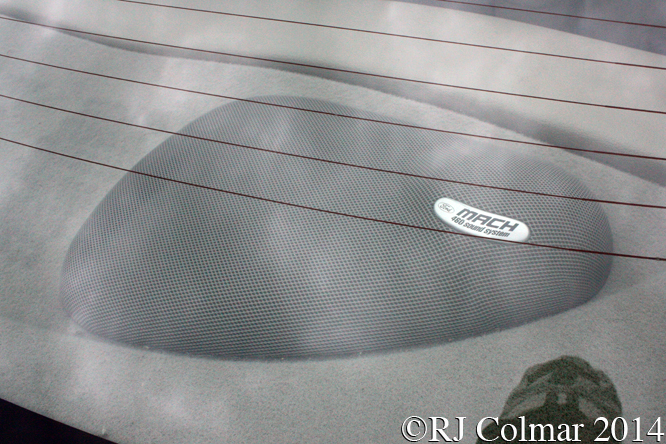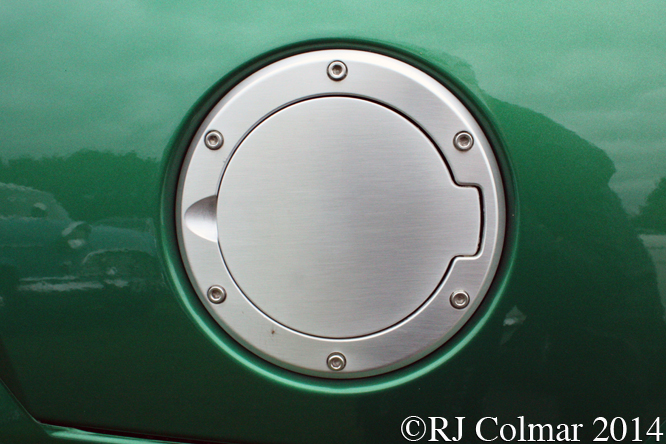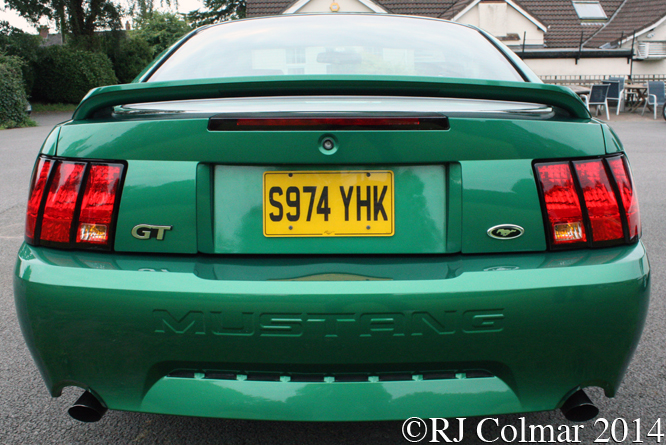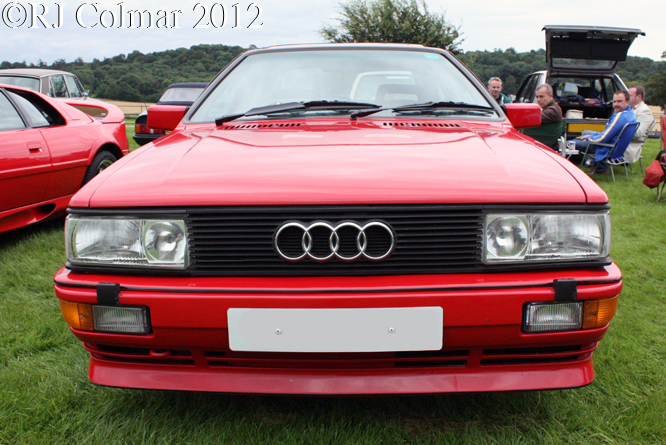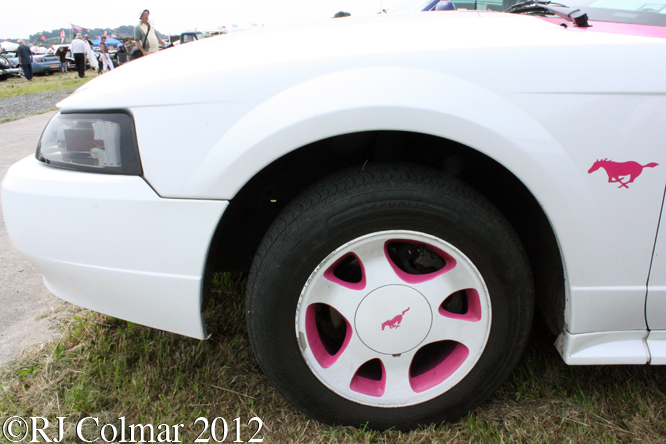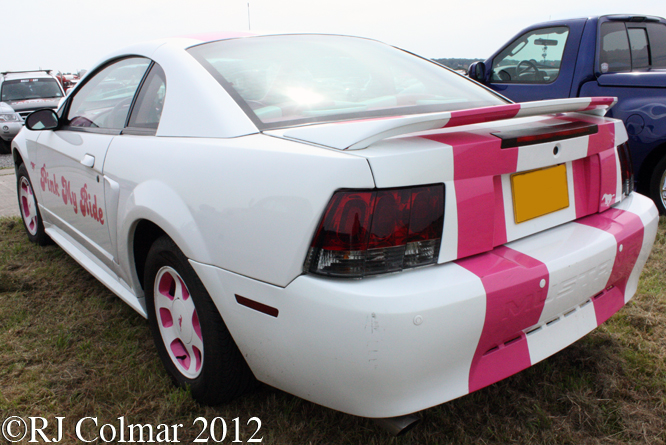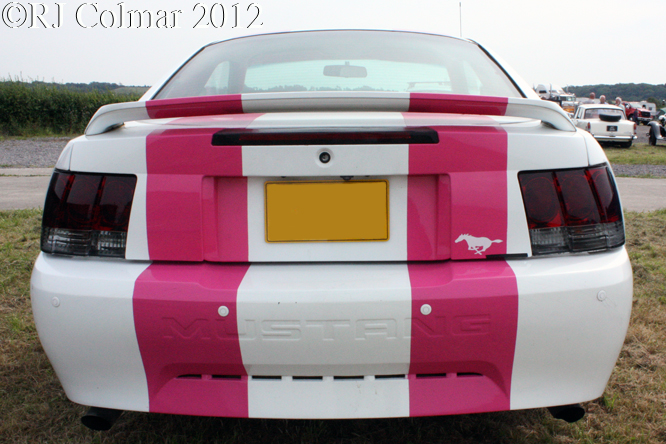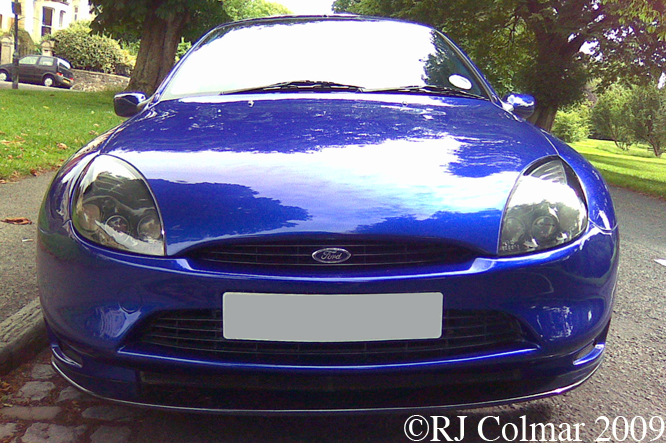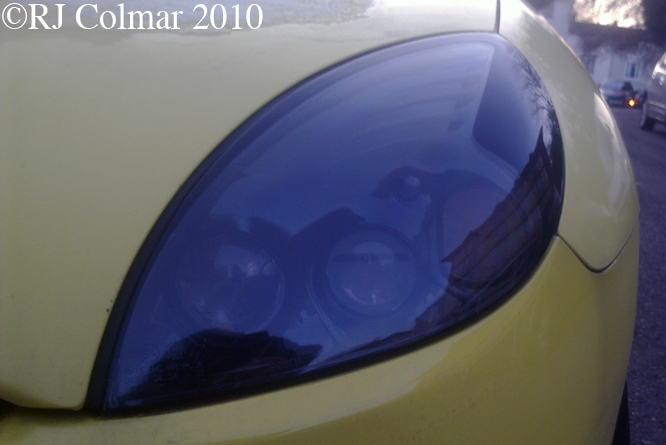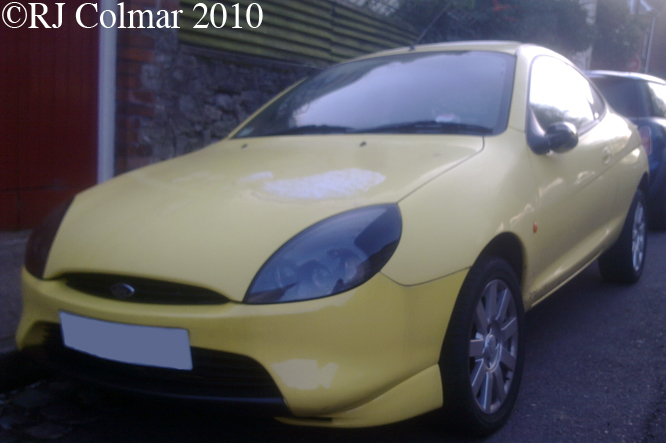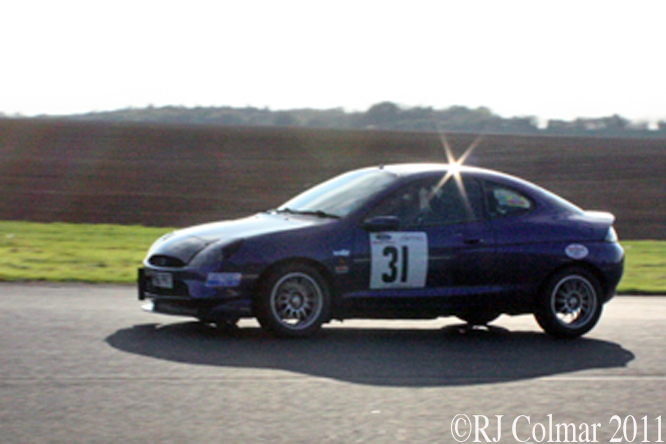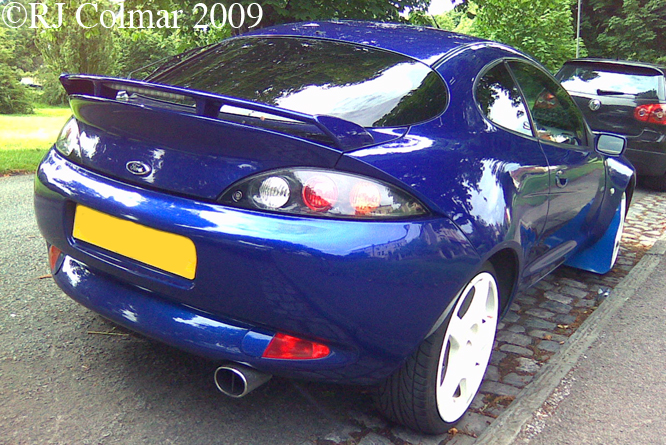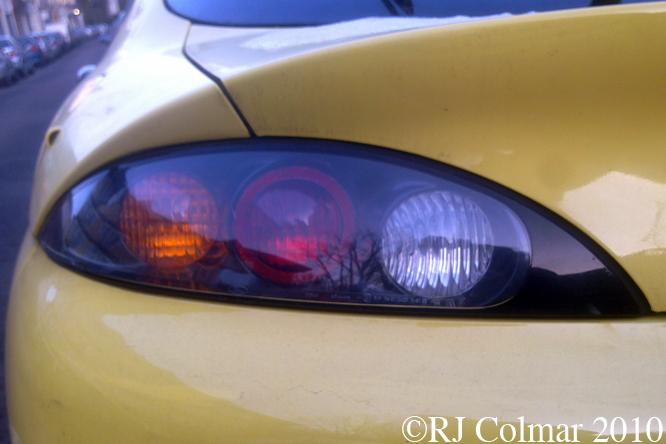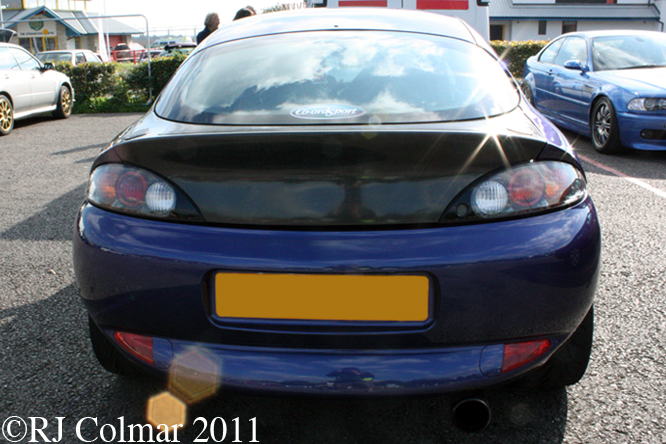In June 1854 on the Bristol & Exeter Railway a broad gauge steam train set an out right speed record of 82 mph that appears to have stood until July 1934 when a Milwaukee Road class F6 recorded a top speed of 104 mph to become the fastest steam train.
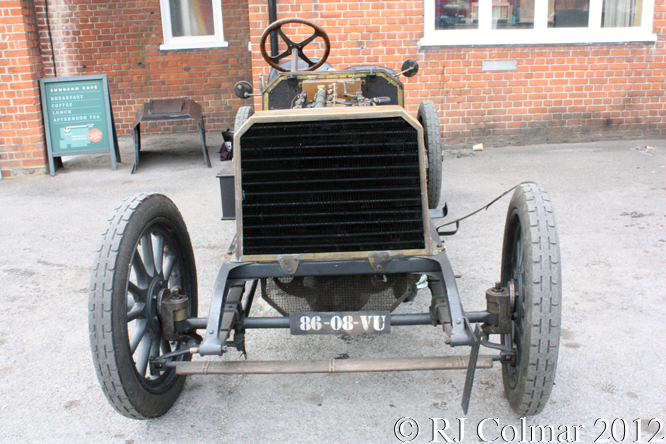
The year before the Wright Brothers made the first controlled powered flight William K. Vanderbilt recorded a top speed of just over 76 mph aboard his Mors in 1902 to set the first Land Speed Record for a vehicle powered by an internal combustion engine, the following year AEG and Siemens & Halske built an electric train that recorded a top speed of just over 130 mph.
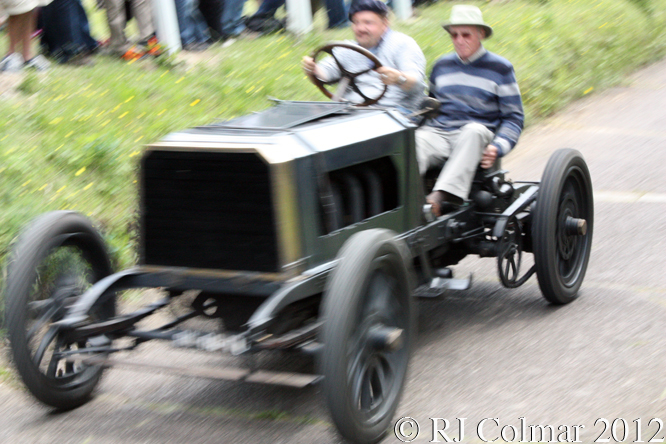
Having pioneered the Panhard System of placing the engine in front of the automobile and driving the rear wheels with the aid of a clutch operated gearbox and pioneered the use of a steering wheel in place of the hitherto ubiquitous tiller steering Panhard et Levassor were vying with their former collaborator Gottlieb Daimler to supply the best vehicles in Europe to Royalty and industrial leaders at the turn of the 20th Century.
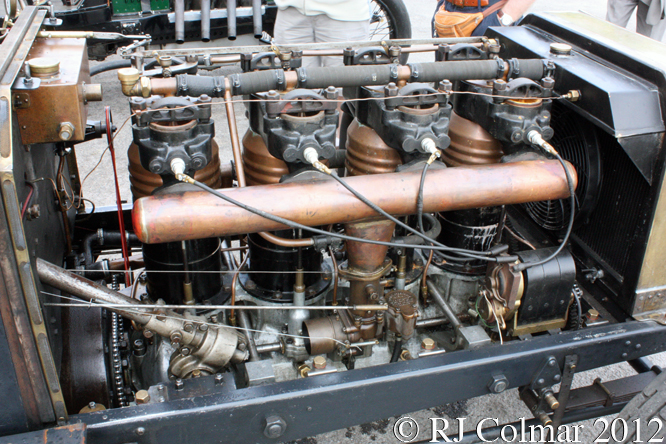
To ensure their clients awareness of it’s products Panhard et Levassor took part in the popular city to city races of the day, Émile Levassor crossed the line first ahead of another Panhard et Levassor in the 1895 Paris Bordeaux Paris race, but the cars only had two seats, four seats being mandated for prize eligibility.
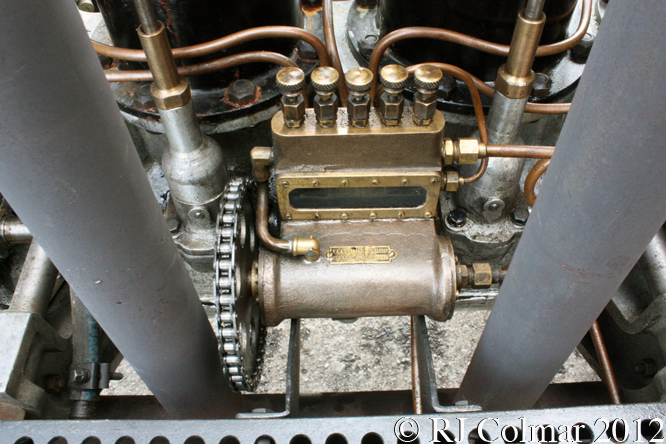
By 1903 Panhard et Levassor had developed it’s 70hp model to compete with the Mercedes Simplex.
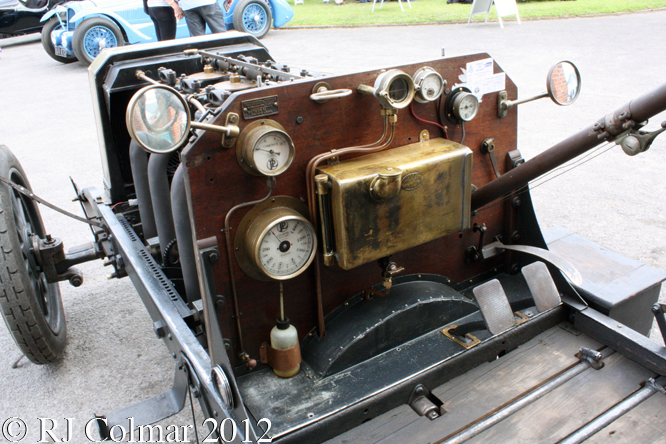
The 13672 cm³ / 834 cui 70 hp S²4M 4 cylinder motor and chain drive train was fitted to an R chassis along with two seats and a fuel tank and enough space to carry a few spare tyres.
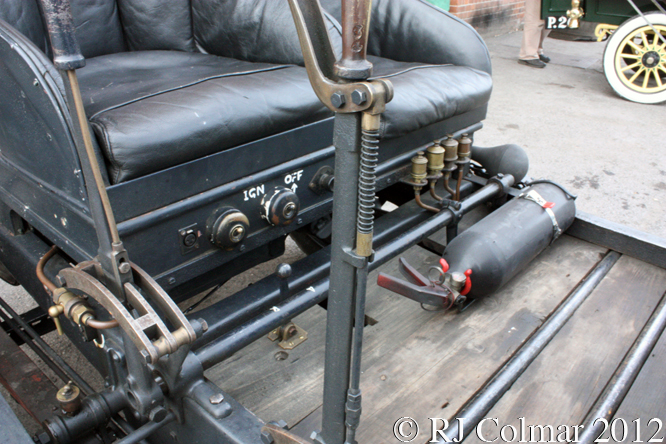
16 70hp Panhard et Levassors are believed to have been built, I believe Charles S Rolls, of Rolls Royce fame, drove one in the fatal 1903 Paris Madrid race, but retired before the race was abandoned at Bordeaux and city to city racing was banned in France.
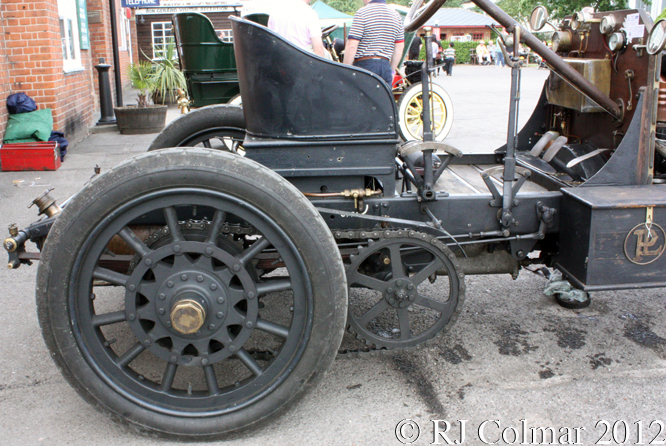
Felice Nazzaro won the 1km flying sprint at Florence in June 1903 aboard his 70hp and 2 days later won the La Consuma Hillclimb in the same car, a week later Baron Pierre de Crawhez won the 500km Circuit des Ardennes driving another 70hp and Felice rounded out his season with a win in the 10km Padua-Bovolenta Sprint and flying 1km Padua Sprint in October.
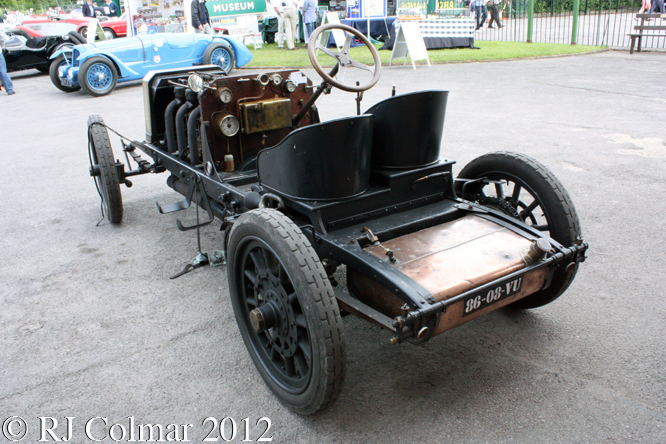
Richard Black’s 70hp, seen in these photographs at a Brooklands Double Twelve meeting with Michael New at the wheel, was first registered in the UK on the 1st of October 2007.


